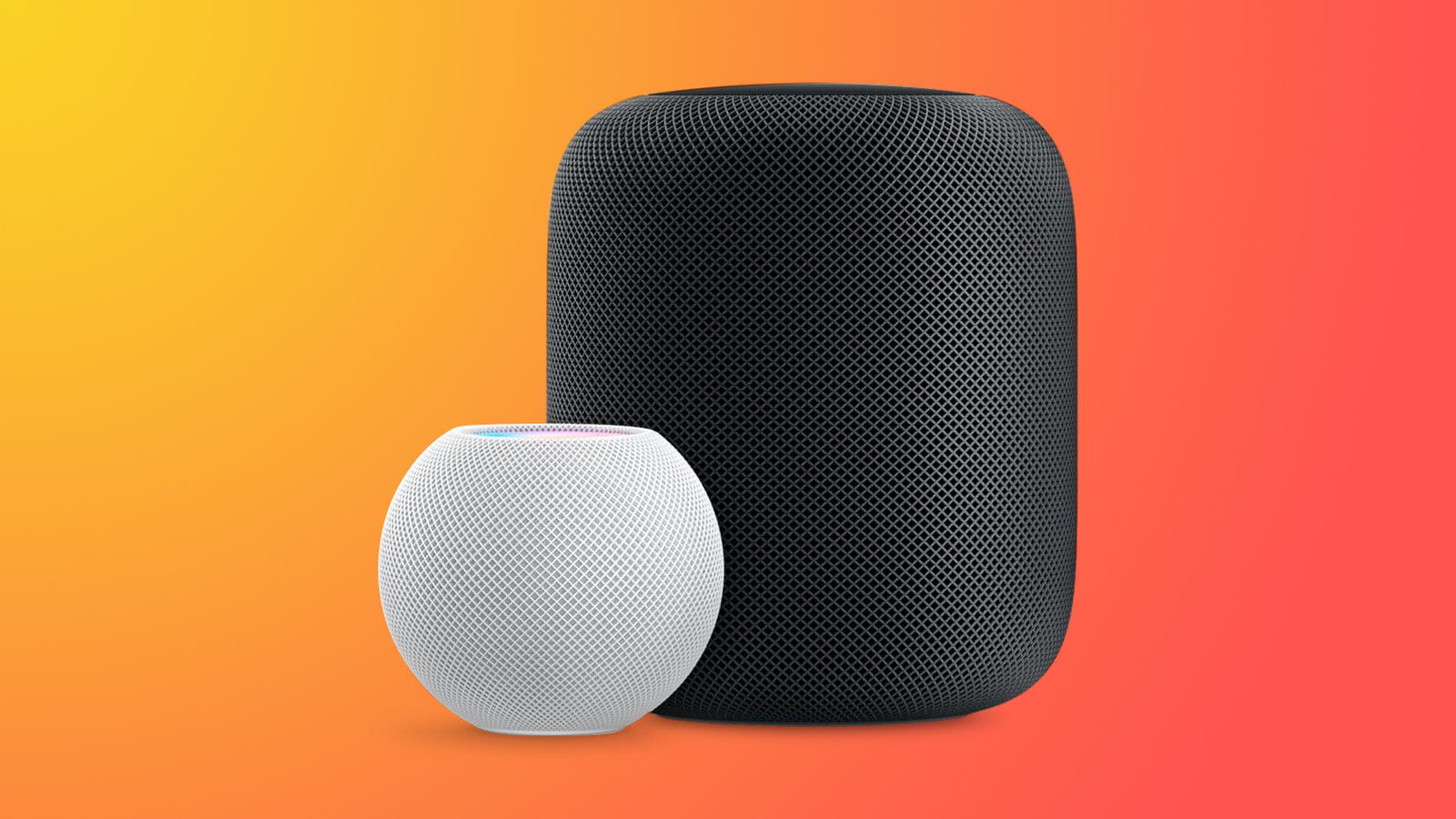That wasn't what they told everyone at the product launch of the HomePod a few years ago.
It was premium priced because Apple claimed it offered the best in class audio.
For it to not get loss less audio support now kinda contradicts that claim.
I mean they sound fantastic for their price, their size and their features - but they're a hi-fi sound. A good hi-fi sounds, much MUCH better than anything Bose, B&W and those types of brands make. But you can't even hear the difference on my $4500 headphone rig or my $1000 critical listening (eg not nice sounding, revealing) studio monitors so you sure as hell won't on HomePods.


